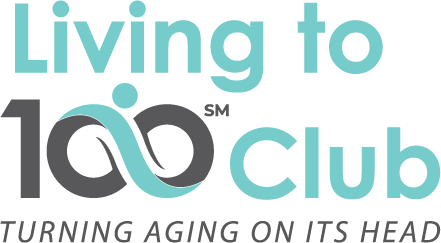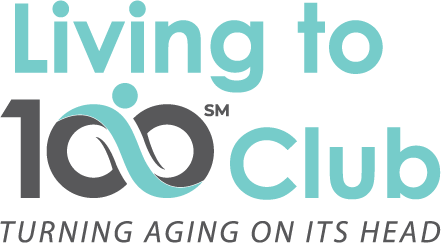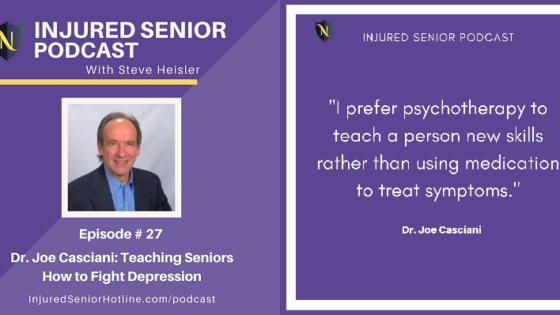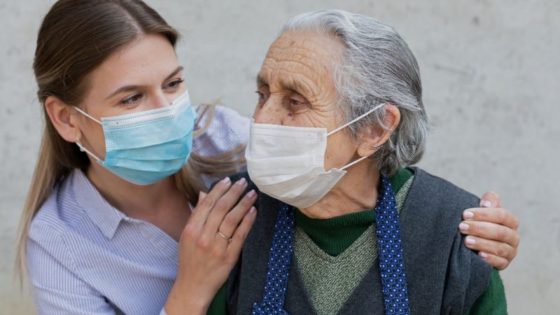by Dr. Joe Casciani
This blog is about three clinical syndromes that besiege many older adults: depression, dementia, and delirium. For those who are not working in the field of health care or may have heard the terms but don’t know how to distinguish among them, this blog sets out to explain their similarities and the differences. And, if you happen to re-play Olivia Newton-John’s “Let’s Get Physical” in your head while reading, all the better.
Why is this an important subject? Caregivers, both paid and unpaid, are present in at least 20% of U.S. households, and this is expected to grow rapidly over coming decades, for several reasons: demographics – the population is aging, medical advances that allow for shorter hospital stays, and more home technology that allow people to reside in their homes longer. Additionally, at least 30% of caregivers are caring for someone with cognitive impairment. The Family Caregiver Alliance is a treasure trove of useful online resources for caregivers.
Depression, dementia, and delirium are colloquially referred to as the “3 D’s”. First, what does Depression look like: a) sad mood, feeling worthless, hopeless, and helpless; b) loss of interest, decreased energy, and loss of initiative; c) feelings of guilt and remorse, preoccupied with disappointment and failure; d) disruptions in sleep and eating habits; and e) difficulty with attention and concentration. In addition to these signs, we need to watch for increased isolation and withdrawal, persistent complaints of memory problems, somatic complaints – usually vague and hard to assess, self-neglect, aimless and purposeless demeanor, and expressions of disinterest in “going on”. Thoughts of self-harm, including suicide, sometimes come into the picture of depressed individuals, especially when we see non-compliance with medical plans, reckless behavior, misuse of alcohol or other drugs, and expressions of feeling trapped or unable to improve his/her situation.
Dementia is a global, or diffuse change in our mental or cognitive abilities. Dementia is typically irreversible (when caused by certain diseases like Alzheimer’s, Parkinson’s, vascular changes, and infections or severe trauma). Though rare, some dementing conditions are reversible, as when caused by nutritional deficiencies, over-medication, and severe environmental stress. These latter conditions can reverse when the individual has a proper medical workup and treatment. Even depression can mimic the signs of dementia, due to the cognitive complaints, listlessness, and loss of initiative all common in both conditions. The cognitive changes we see in dementia include memory loss – usually for more recent events, loss of factual information, difficulty with attention and concentration, emotional lability and reduced frustration tolerance, gradual disorientation, and the hallmark difficulty with word finding and self-expression.
Distinguishing between the two conditions is not a simple matter, as both depression and dementia have similar features. However, depression tends to have a more sudden onset, while dementia is a slow, insidious process. Early morning awakening is more common in depression. Importantly, there is a greater incidence of self-reported or exaggerated loss in depressed individuals; in contrast, individuals with dementia tend to mask or downplay their losses. Sundowning, marked by increased confusion and disorientation later in the day and early evening, is common in dementia. Lastly, depression is associated with difficulty with recent and remote memory function, while remote memory in individuals with dementia tends to be better preserved.
The third “D” is Delirium, characterized by a rapid onset and global cognitive impairment. Signs of delirium include a disturbance in consciousness (sometimes referred to as “acute confusional state”), perceptual disturbances, disturbed sleep-wake cycle, disorganized thinking, and altered attention levels and high distractability. The important feature about delirium is that it is a medical emergency, and the cause needs to be identified urgently. Possibilities include stroke, infection, adverse drug reactions, and post-anesthesia or post-operative condition. Highlighting the differences between dementia and delirium would focus on: onset – sudden with delirium and slow with dementia; normal state of consciousness with dementia and fluctuating with delirium; perceptual disturbances (hearing a door slam and thinking it’s a gunshot) present in delirium, not dementia; disturbed sleep-wake cycle in delirium, and high level of distractability in delirium, while not so in dementia.
A blog is a limited space in which to give this subject its due. So, next week’s radio episode on VoiceAmerica Health and Wellness channel will cover this topic in more depth, including assessment and treatment options. I will be presenting solo during the show, and will have time to discuss questions raised by our audience. See login and on-demand options below.
Pushing forward to live as successfully as possible in our later years, and as caregivers for our older relatives and friends, means being an informed consumer and having facts at our disposal to make important, necessary health care decisions.
THIS WEEK’S RECOMMENDATIONS
The Simple Music Player — MP3 Music Player for Those with Cognitive Impairment

Activity Pillow – Provides lacing, buckling and zipping activities, an assortment of fabrics for tactile stimulation, a buttoned pocket, and a hook-and-loop strip with a permanently attached ring for clipping favorite items

Dementia Day Cycle Day Clock – Clearly displays the DAY OF THE WEEK & cycle of the day with no abbreviations. Each day is divided into 4 cycles, Morning, Afternoon, Evening & Night.

VeriLux HappyLight Portable Energy Lamp – 10,000 Lux moderate UV filtered output for extended daily use. Light therapy can help improve your mood and combats sleep issues by resetting your circadian rhythm

Oil Diffuser Bracelet for Stress Relief – If you’re looking for chakra bracelets made exclusively with natural beads, there lava yoga bracelets are perfect for you, Just add drop or two of your favorite essential oil to lava beads to relieve stress and improve focus. The black lava stones can absorb and maintain all day aromatherapy benefits.





